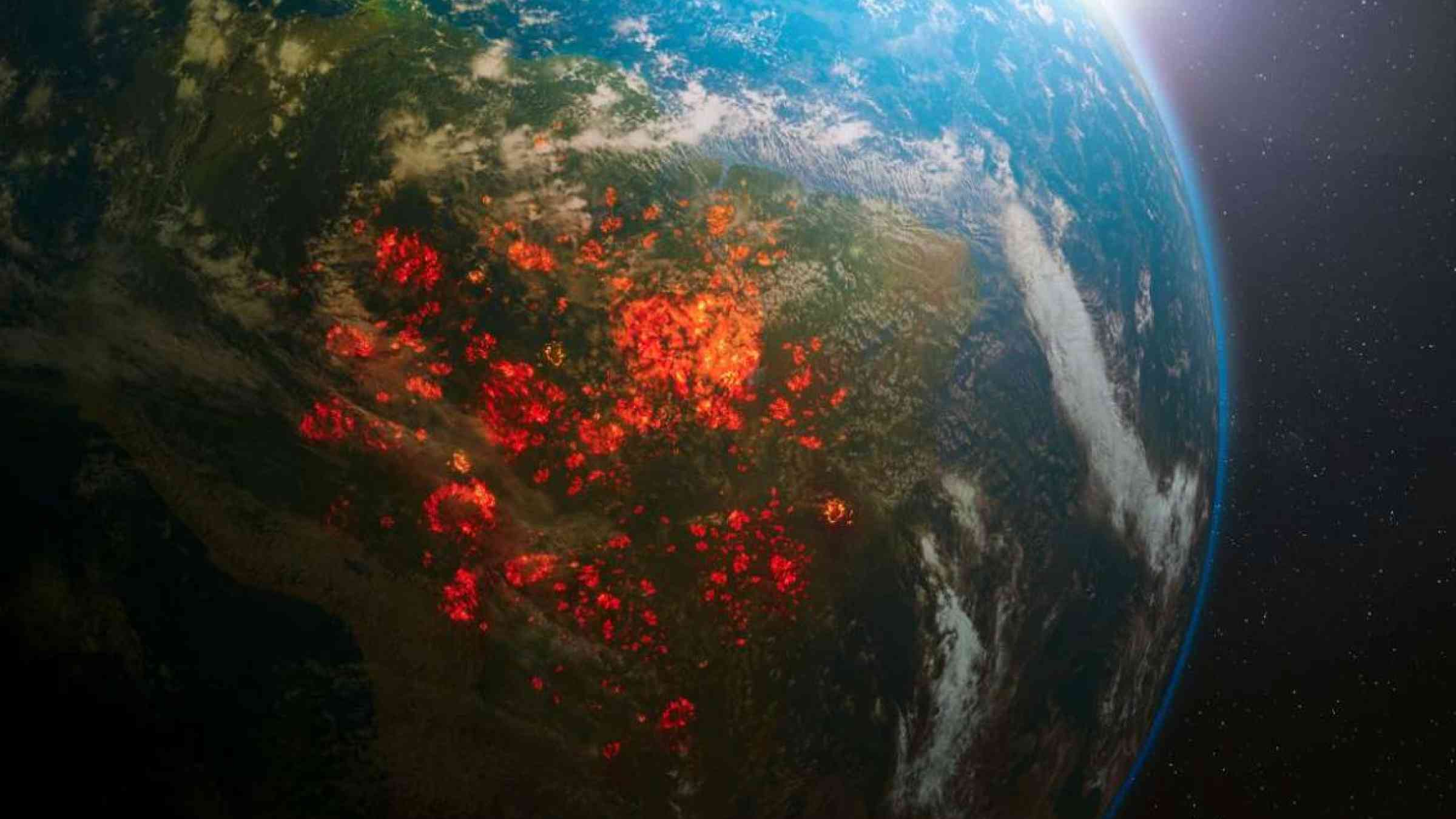
By Lindsay Ross
Wildfires are complex physical phenomena that come at extraordinary costs to human and natural systems. Climate change is already making wildfires more severe and this new research finds that it will lead to more days with high wildfire potential in areas already prone to wildfires, and create hotter and drier conditions that will expose entirely new areas. Understanding which areas are exposed to changing wildfire conditions will help leaders in government, finance and public health to mitigate catastrophic loss. This report explores Four Twenty Seven’s new methodology for assessing global wildfire potential, identifying regional trends and hot spots.
The 2019-2020 Australian bushfires raged for seven months, killed more than 30 people, hospitalized thousands more, and burned more than 10 million hectares of land. While the full financial and ecological impact is still unknown, costs from those fires are likely to exceed $4.4 billion. Meanwhile, ten of the largest wildfires in Arizona’s history occurred in the last eight years and nine of California’s largest wildfires occurred in just the last seven years. Beyond direct losses and disruption from damage to buildings and infrastructure, air pollution from wildfires has led to healthcare costs in excess of $100 billion in losses per year in the United States. Leaders in government, finance, and public health need to understand how and where climate change will further heighten wildfire potential because of the serious threat wildfires pose to societies, economies, and natural systems.
This new report, Climate Change and Wildfires: Projecting Future Wildfire Potential, outlines Four Twenty Seven’s approach to quantifying global wildfire potential, capturing both absolute and relative changes in frequency and severity by 2030-2040. Wildfire potential refers to meteorological conditions and vegetative fuel sources that are conducive to wildfires. Using a proprietary methodology submitted for peer review, our analytics link climate drivers such as changing temperature and precipitation patterns with the availability of vegetative fuels to assess wildfire potential in the future.
The analysis also explores key regions exposed to increasing wildfire potential and discusses the implications for financial stakeholders and communities. Our analytics affirm common understanding about locations exposed to wildfire, providing an indication of the increasing severity and frequency of wildfires in areas already prone to these events. The report also offers insight into areas that may have less obvious exposure, but are likely to have higher wildfire potential over time. Preparing for wildfires is a local, and often regional effort. The relatively high spatial granularity of our results (~25 kilometers) enables decision-makers to evaluate wildfire potential at a useful scale.
Key Findings:
- Four Twenty Seven developed a first-of-its-kind global dataset projecting changes to wildfire potential under a changing climate, at a granularity of about 25 x 25 kilometers.
- In areas already exposed to wildfires, by 2030-2040 climate change will prolong wildfire seasons, adding up to three months of days with high wildfire potential in Western Australia, over two months in regions of northern California and a month in European countries including Spain, Portugal and Greece.
- New wildfire risks will emerge in historically wet and cool regions, such as Siberia, which is projected to have 20 more days of high wildfire potential in 2030-2040.
- Globally, western portions of the Amazon and Southeast Asia will experience the largest relative increases in wildfire severity, further threatening crucial biodiversity hotspots and carbon sinks.
- Confronting this new risk will take unprecedented resources and new approaches in regions not familiar with wildfires and worsening wildfire seasons will continue to threaten already limited resources in currently exposed areas.
